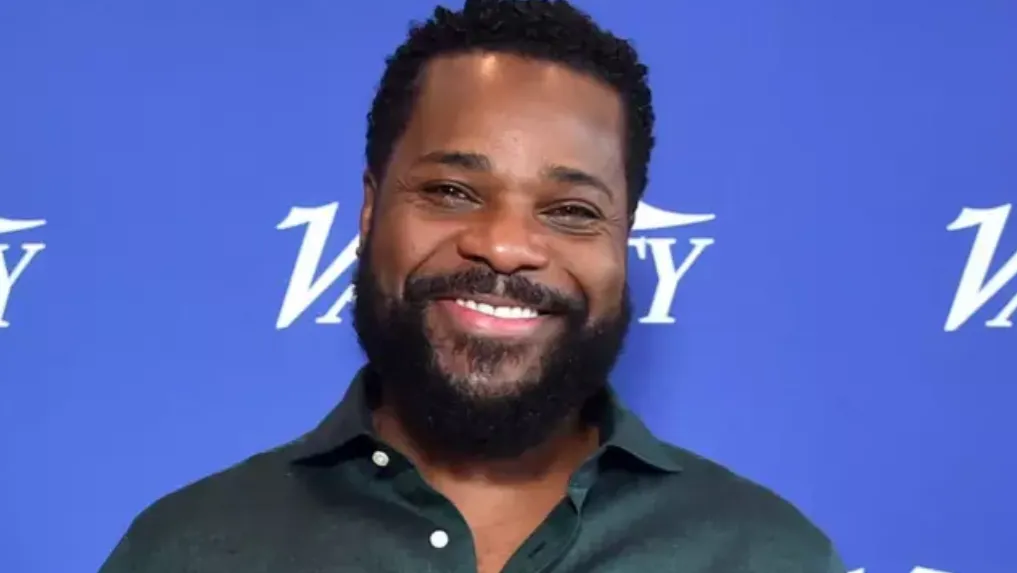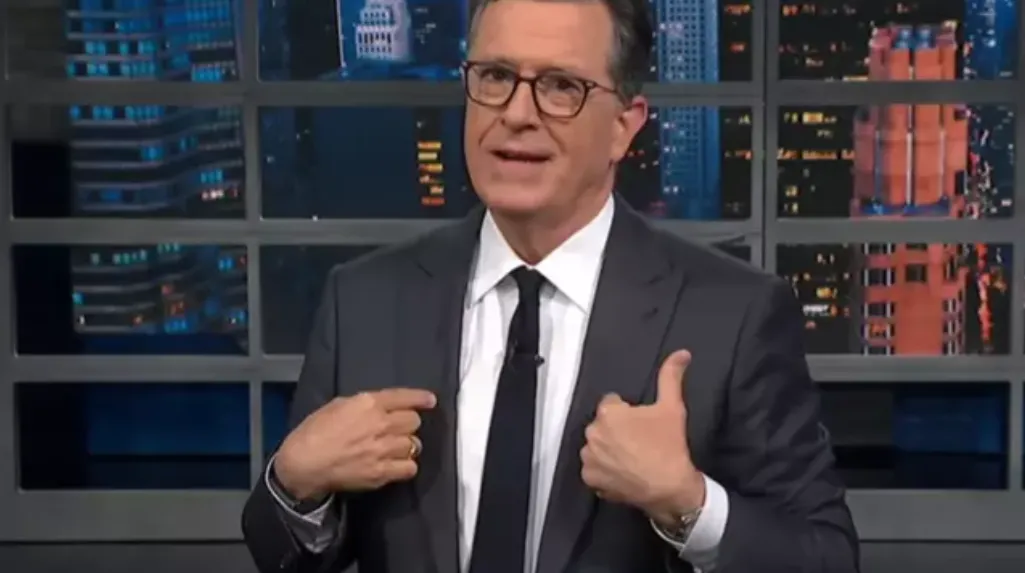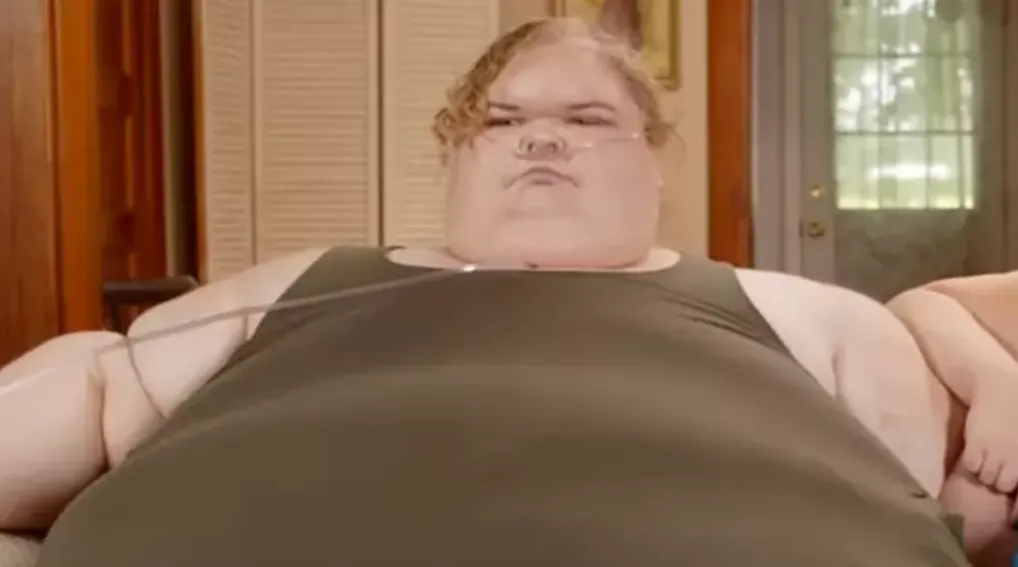Trump reveals 'unforgettable' vital moment in assassination attempt one year on
Donald Trump has opened up on the moment he was nearly assassinated at a campaign rally in Butler, Pennsylvania, one year on.
On July 13, 2024, 20-year-old Thomas Matthew Crooks took to the roof of a building located near to where Trump was hosting an open-air campaign.
Crooks proceeded to fire several rounds in Trump's direction with one of the bullets grazing the president's ear.
While Trump was not fatally injured in the ordeal, one bystander lost his life. He was later identified as Corey Comperatore, who was a retired fire chief of Buffalo Township.
Two other men were also left seriously injured, while Crooks himself lost his life in the incident after he was fatally shot by a Secret Service sniper.
With the one year anniversary of the assassination attempt that will be etched in US history fast approaching, Trump has been speaking about the moment he was nearly killed.
.jpg)
Speaking to his daughter-in-law Lara Trump in an interview that will soon air on Fox News, the 47th POTUS said: "Well, it was unforgettable. I didn’t know exactly what was going on. I got whacked. There’s no question about that.
"Fortunately, I got down quickly. People were screaming, and I got down quickly, fortunately, because I think they shot eight bullets."
The Republican president went on to say the Secret Service had a 'bad day', which allowed the gunman to head on the roof and fire shots at Trump.
Speaking of the agency, Trump continued to Fox News: "I have great confidence in these people. I know the people. And they’re very talented, very capable.
"But they had a bad day. And I think they’ll admit that. They had a rough day.
"They should have had somebody in the building. They should have had communications with the local police, they weren’t tied in, and they should have been tied in. So there were mistakes made."
.jpg)
However, Trump went on to praise a Secret Service counter sniper for ultimately saving his life and taking down Crooks.
"He went about his business. Less than just about four seconds, and that’s when it all stopped and he got him perfectly from a very long distance," the president continued.
"So we got a little bit lucky in that regard."
Six agents were suspended in the aftermath of the assassination attempt, and the widow of Corey Comperatore said 'our blood is all over their hands' when she spoke almost a year on from that tragic day last summer.
Myosoty Perez was identified by her attorney as one of those to be suspended after she was specifically asked to secure the surrounds on that day, the New York Post reports.
Her lawyer Larry Berger told the publication: "She has fully cooperated already through all the investigations into the matter and she is now deciding what the next steps will be in this situation."
He added that the agent was not in charge of security overall on the day of the rally.
Just two months later, Trump survived a second assassination attempt at the Trump National Golf Club in West Palm Beach, Florida.
The Secret Service were forced to step in once more and shoot at a man who had poked a a gun through the golf course boundary.
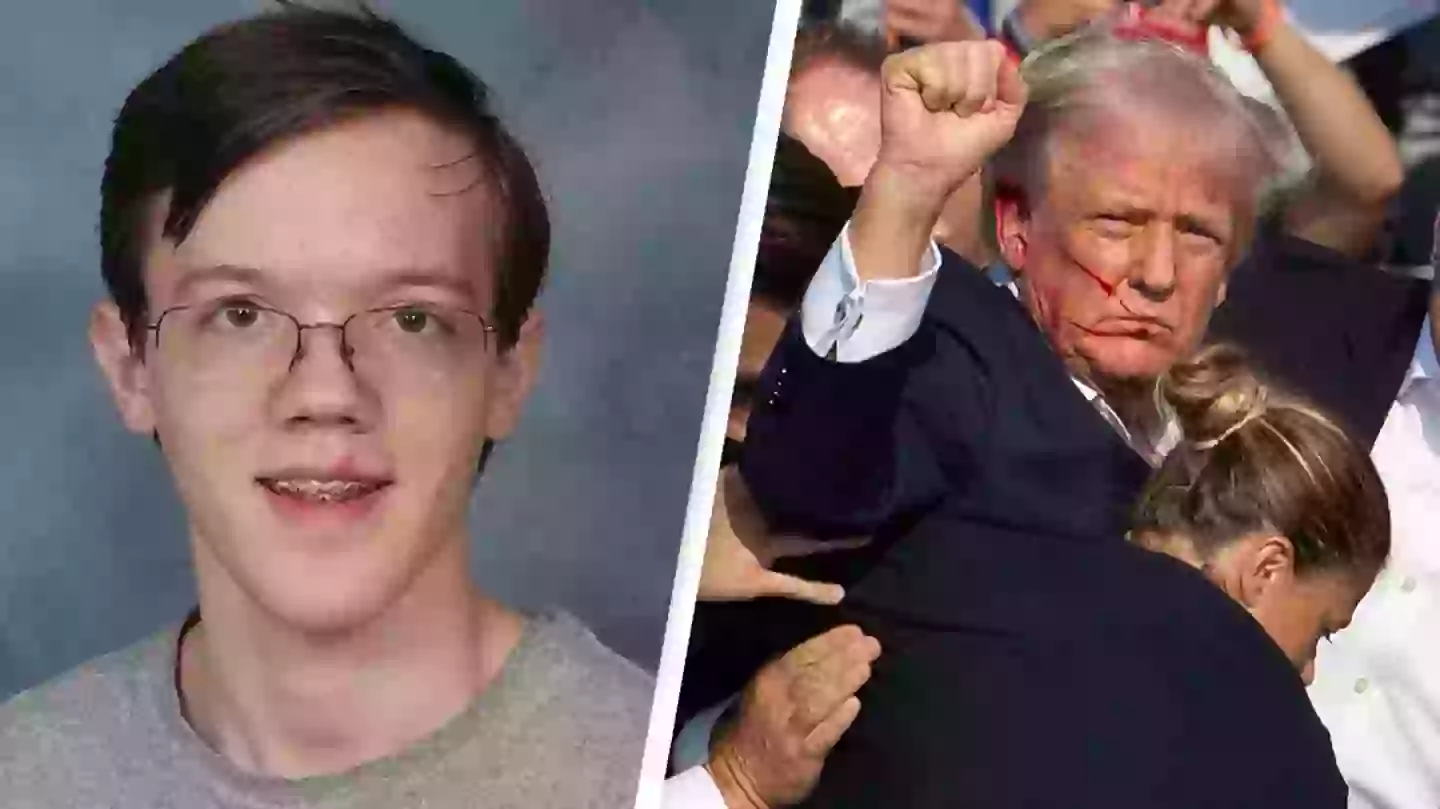
Haunting new photos of Trump shooter probes more questions about assassination attempt
New photographs have been released of gunman Thomas Matthew Crooks, who attempted to kill Donald Trump last month.
On July 13, 20-year-old Crooks took to the roof of a building located near to where Trump was hosting an open-air campaign rally in Butler, Pennsylvania, USA.
Crooks proceeded to fire several rounds in Trump's direction with one of the bullets grazing the former president's ear.
While Trump was not fatally injured in the ordeal, one bystander lost his life. He's since been named as Corey Comperatore, who was a retired fire chief of Buffalo Township.
Two other men were also left seriously injured, while Crooks himself lost his life in the incident after he was fatally shot by a Secret Service sniper.
The moments leading up to Crooks' assassination attempt are being carefully analyzed by officials in the hopes of working out his motives.
In recent days, bodycam footage of an interaction between Crooks and a police officer has been released.
After an officer was hoisted several feet up in the air to climb onto of the roof Crooks was on, he's seen quickly jumping back down again after the 20-year-old reportedly turned his gun on the policeman.
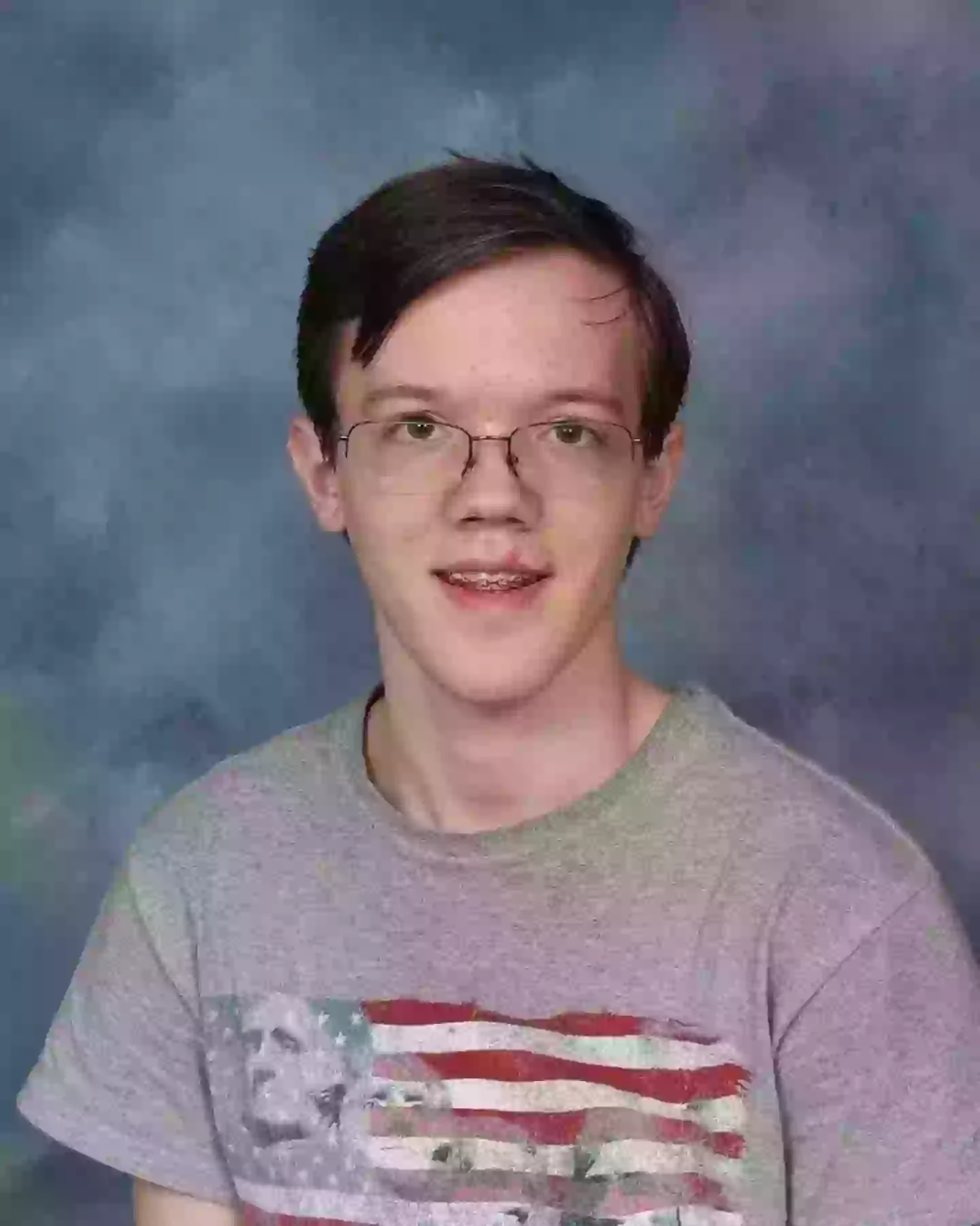
Now photos of Crooks have been released that were taken shortly before he set up his gun on the roof, where he could be seen sat on a brick wall while looking at his cellphone.
It's unclear if he was communicating with someone at the time.
Another snap shows Crooks turning round and seemingly looking at someone.
As the FBI's investigation continues, investigators have looked into Crooks' browsing history on his phone.
Apparently the last thing he searched for was pornography, something which officials weren't particular concerned by.

The 20-year-old also how more worrying searches, however. These included searches for Oxford High School shooter Ethan Crumbley.
Communication wise, in the hours leading up to his assassination attempt on Trump, Crooks had received text messages from his parents asking where he was.
They'd been under the impression that he had taken his father's AR-15 rifle to a shooting range.
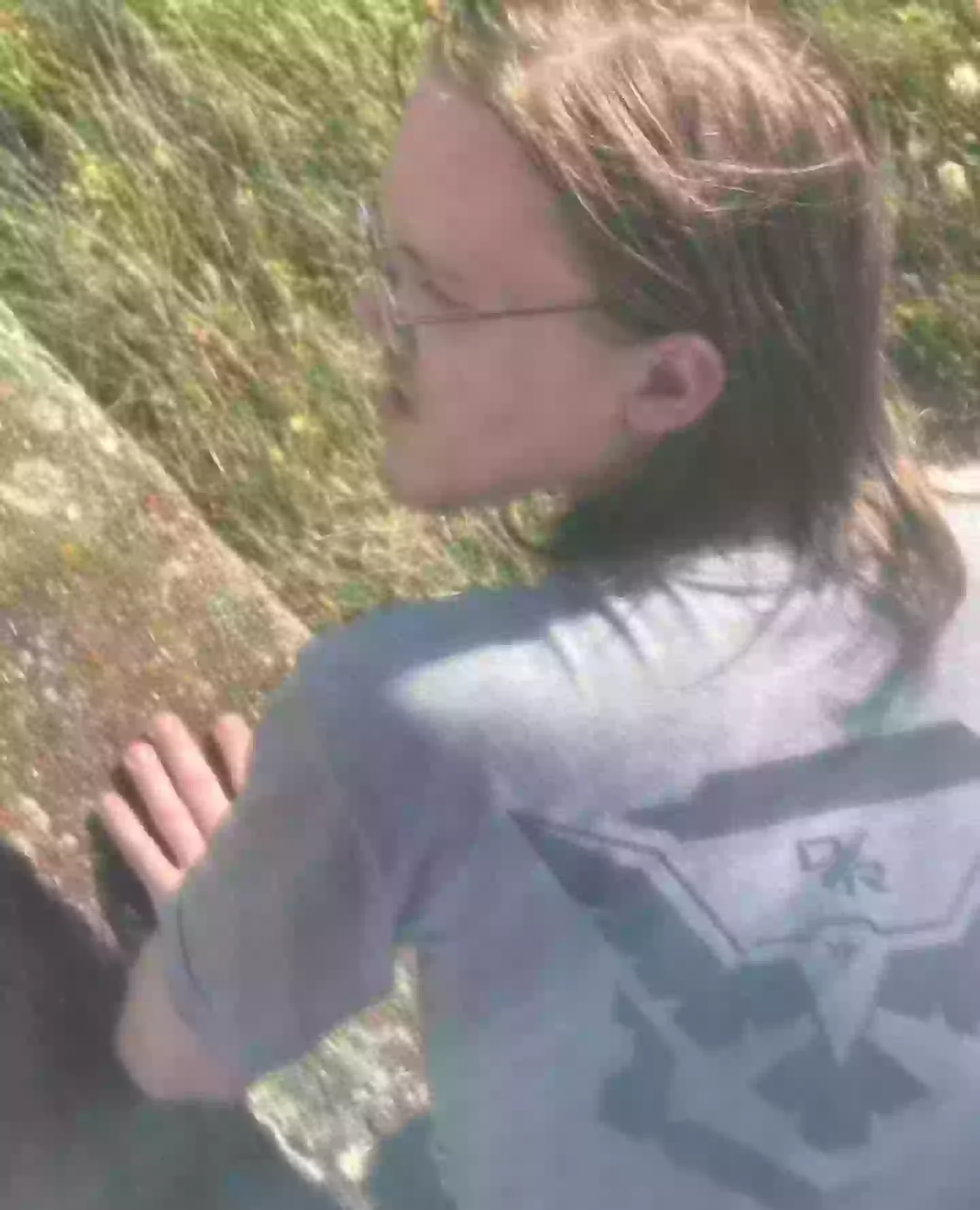
While the reason for Crooks actions still remain unclear, the FBI have long been under the impression that he acted alone.
Part of a statement issued July 14 read: "The FBI is investigating the shooting incident at the July 13 rally in Butler, Pennsylvania, which resulted in one victim's death and injuries to former President Trump and other spectators, as an assassination attempt and potential domestic terrorism.
"While the investigation to date indicates the shooter acted alone, the FBI continues to conduct logical investigative activity to determine if there were any co-conspirators associated with this attack. At this time, there are no current public safety concerns."
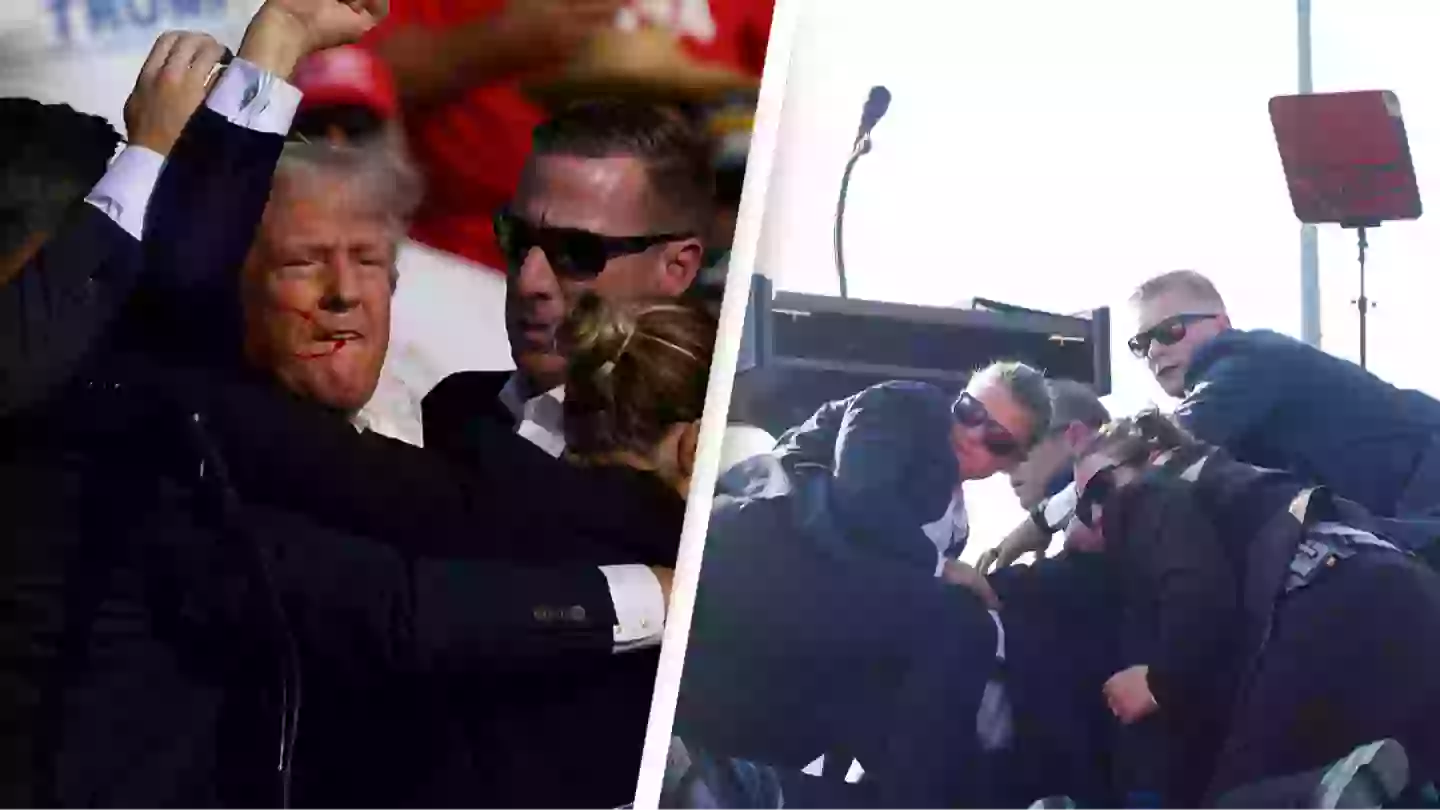
Trump released an initial statement shortly after the incident confirming he'd been struck by the bullet in the 'upper right part of [his] right ear'.
He explained he 'knew immediately that something was wrong' upon hearing a 'whizzing sound, shots and immediately [feeling] the bullet ripping through the skin'.
"Much bleeding took place, so I realized then what was happening," he added.
While Trump has since been released from hospital and has returned to his home in New Jersey, he wasn't the only one who was hit.
Two people in the crowd were critically injured and one was killed, the former president addressing this in more detail in a second post to his social media platform Truth Social.
In a post uploaded earlier today (14 July) Trump wrote: "Thank you to everyone for your thoughts and prayers yesterday, as it was God alone who prevented the unthinkable from happening.
"We will FEAR NOT, but instead remain resilient in our Faith and Defiant in the face of Wickedness.
"Our love goes out to the other victims and their families. We pray for the recovery of those who were wounded, and hold in our hearts the memory of the citizen who was so horribly killed.
"In this moment, it is more important than ever that we stand United, and show our True Character as Americans, remaining Strong and Determined, and not allowing Evil to Win.
The shooter has since been named by the FBI as 20-year-old Thomas Matthew Crooks, from Bethel Park in Pennsylvania.
Crooks was shot dead at the rally after the shooting took place by Secret Service agents.
The investigation into the incident remains 'active and ongoing' according to the FBI.
It's been confirmed the FBI is treating the incident as an assassination attempt on Trump's life with Pennsylvania Police adding it has 'no reason to believe' there is any other existing threat from the shooting.
Dad with deadly brain cancer that kills in a year is cancer free after taking new drug
A breakthrough drug is fighting brain cancer head-on.
Glioblastoma is widely considered the deadliest form of brain cancer, killing over 10,000 Americans each year. There is no cure for the highly aggressive disease — many patients survive just nine months after diagnosis.

Ben Trotman was diagnosed with glioblastoma in October 2022 at 40.
Treatment focuses on managing symptoms and extending life via surgery to remove as much of the tumor as possible and radiation therapy and chemotherapy to destroy cancer cells.
Now, researchers from University College London Hospitals are recruiting glioblastoma patients for a trial of the immunotherapy drug ipilimumab. Sold under the brand name Yervoy, the monoclonal antibody stimulates the immune system to recognize and attack cancer cells.
Oncologists are optimistic since a UK father shows no signs of having a tumor after he took ipilimumab before his glioblastoma treatment.
Ben Trotman was diagnosed with glioblastoma in October 2022 at 40.
“The crucial element of this trial is that patients will have their immune system boosted by the drug before they have any other treatment, when they are fit and well enough to tolerate the immunotherapy,” said Dr. Paul Mulholland, the consultant medical oncologist leading the trial.
“We saw with Ben, the one patient recruited to the immunotherapy study, NeAT-GLIO, that he has had clear scans since having the treatment and the tumor hasn’t returned more than two and a half years later.”

Glioblastoma is widely considered the deadliest form of brain cancer, killing over 10,000 Americans each year.
Trotman met with Mulholland, who enrolled him in a clinical trial for ipilimumab. He was the first patient in the world — and the only person in the trial — to take the drug before glioblastoma treatment.
“Getting this diagnosis was the most traumatic experience,” said Trotman’s wife, Emily.
“We were grappling with the fact that Ben had gone from being apparently perfectly healthy to having months to live.”
After taking the drug, Ben underwent radiotherapy and chemotherapy.
Two years and eight months later, his scans are clear.
“It is very unusual to have a clear scan with glioblastoma, especially when he didn’t have the follow-up surgery that had been planned to remove all of the tumor that was initially visible on scans,” Mulholland said.

Ben and Emily Trotman wed in 2023, after he began his immunotherapy treatment.
“We hope that the immunotherapy and follow-up treatment Ben has had will hold his tumor at bay,” he added, “and it has so far, which we are delighted to see.”
In January 2023, months after his diagnosis, Ben married Emily. The couple welcomed a daughter, Mabel, earlier this year.
They enjoy taking her for walks along with their rescue dog, Jerry.
“We are trying to live as normal a life as possible,” Emily said.
“We are in a unique position of which there is no precedent and which comes with a great deal of uncertainty,” she continued. “We want to live each day as if it were our last, but we also want to plan for the future, which we hope to have.”
Researchers plan to recruit 16 glioblastoma patients like Ben over 18 months.
After taking ipilimumab, the trial participants will undergo radiotherapy and chemotherapy and perhaps surgery depending on the extent of their disease.

Dr. Paul Mulholland and Dame Siobhain McDonagh, who raised funds for the new clinical trial of ipilimumab.
The trial is being funded by Dame Siobhain McDonagh, a member of the British Parliament, whose sister died of glioblastoma in 2023.
“My beloved sister Margaret was appalled to discover that there had been no advances in brain cancer treatment for decades when she was diagnosed with glioblastoma,” McDonagh said. “Changing this was Margaret’s final campaign and one that I have continued in her memory.”
Treatment will take place at the NIHR UCLH’s Clinical Research Facility at the National Hospital for Neurology and Neurosurgery.
“I am delighted that this new trial, with the same immunotherapy drug I received, is going ahead and others will have the opportunity to take part,” Ben said. “It will give people newly diagnosed with glioblastoma some hope.”


